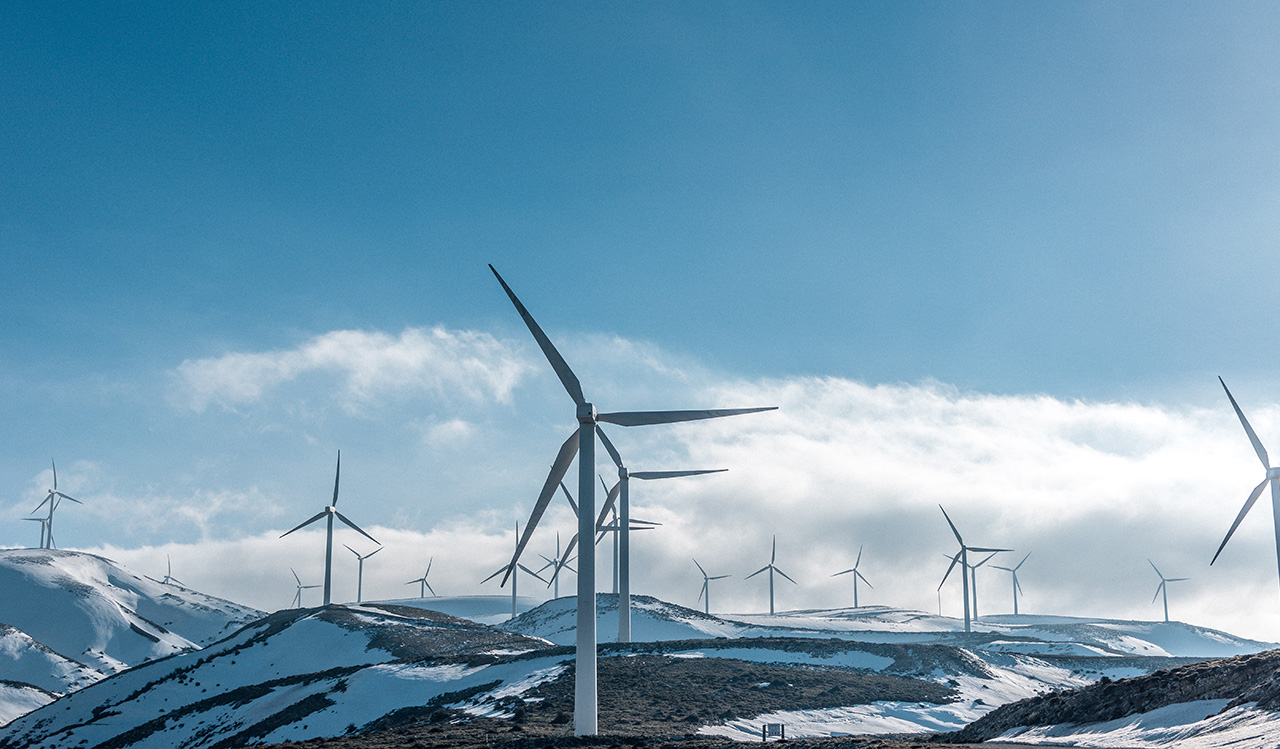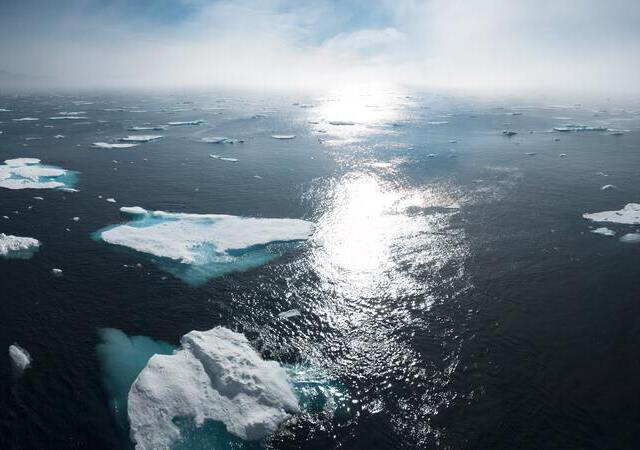Goals for Sustainable Environment
I. Objectives of emission reduction and quantitative management of fuel usage
Compared to the baseline year of 2020 (9,548,378KWh), the total electricity consumption and total number of employees in 2024(10,388,667.09KWh) showed a trend of increase. The estimated reasons for the increase in total electricity consumption this year are as follows. The Company's idle assets were transferred to dormitories for use by employees, resulting in an increase in electricity consumption. Another main reason was the gradual and precise implementation of GHG inventory operations, which brought the electricity consumption status closer to the actual usage, resulting in an increase in the overall electricity consumption in 2024.
The Company is primarily engaged in the provision of security services. The main energy used includes electricity and vehicle fuel in various business locations. In 2024, a total of 1,364,954.11 liters of gasoline and diesel were used, and electricity consumption was 10,388,667.09 kWh. The consolidated unit carbon emissions from energy products (ton-CO2e) in 2024 was 8,243.17 metric tons.

II. Actions for achieving emission reduction targets
For usage of power:
• For lighting power-using areas other than the project for replacement of lighting equipment in the original office space, continuous replacement of lighting equipment will be carried out.
• Performing power saving operations from the perspective of power used in the air conditioning system and other equipment and periodically checking for replacement.

For usage of fuel:
• The automobiles to be replaced are mainly those of the hybrid type, with evaluation of whether to purchase fuel-using automobiles according to characteristics of use.
• The replacement of scooters is mainly arranged for electric scooters, and fuel-using scooters are no longer purchased.
III. Progress to date
(1) Purchased electricity In 2023, we were ahead of schedule to achieve a 6.596% reduction in total electricity consumption compared to 2020. However, the electricity consumption increased due to the recent re-planning of buildings and strict reexamination of the electricity consumption at each location and public electricity consumption. We continue to formulate related policy measures for management, and expect to reach the target of 90% (lower than 8,593,540 kWh) of electricity consumption in 2020 by 2030.
(2) Fuel In 2024, the carbon emissions of fuel per million kilometers was 300.49 metric tons, and the target of reducing to 275 metric tons by 2025 has not yet been achieved, indicating that there is still room for improvement in fuel management.

Climate-related Opportunities and Risks
According to the 17th edition of the Global Risk Report released by the World Economic Forum (WEF) in January 2022, of the top ten risks, five are environment-related, with the first being the failure in climate actions, the second extreme weather, the third the loss in biodiversity, the seventh the human-caused destruction of the environment, and the eighth the crisis of natural resources.
These all show that companies need to act immediately for achieving a sustainable environment, not only by investing the corresponding resources to mitigate the severe impact brought by climate change, but also by being proactive in the face of possible harm in the future.

According to the report “The Physical Science Basis” released by Working Group I (WG1) of the United Nations Intergovernmental Panel on Climate Change (IPCC) on August 9, 2021, Taiwan as situated in East Asia will face several situations directly:
1) Extreme rainfall will increase and the frequency and intensity of strong rainfall will increase, leading to an increase in the probability of landslides in more mountainous areas.
2) With the change of summer wind and rainfall, drought will be more prone to take place.
3) The intensity and number of strong tropical cyclones will increase; in addition, the route of tropical cyclone may continuously shift to the polar region.
4) Average sea levels will rise faster in relative areas compared to the global average, with the coastline of the coastal areas continuing to shrink and decrease.

Therefore, Taiwan Secom followed the recommendation from the Task Force on Climate-related Financial Disclosures (TCFD) and developed a system for governance on climate topics, with identification, evaluation and response to climate risk and opportunity, and developed risk management measures with metrics and targets.
From the perspective of the citizens of the planet and the mindset of industry leaders, Taiwan Secom is willing to continue to pay attention to the climate change, continuously assess the risks of extreme climate, and continuously invest resources to mitigate and reduce possible hazards.
Uninterrupted Operations: Strategy in Response to Risks of Climate Change
Taiwan Secom focuses on climate change, and in response, assesses possible future impacts, adjusts, and prepares from different perspectives. How do we maintain quality of service and commitment under different extreme climates? Taiwan Secom lists the possible risks in the service process and devises the corresponding supporting measures.

Management of Vehicle Fuel
Energy consumption and fuel efficiency for vehicles are related to the operating costs of the enterprise, which have a more profound impact on the sustainable environment. Establish a clear guidance and management approach for the fuel data of the Company's own vehicles, achieve the intended goals through each action plan and implement energy conservation and environmental protection in every detail.

Carbon Reduction
Carbon reduction is not only a goal declared in the policy, but companies should also implement it with concrete acts. In addition to the complete management system to control the use of vehicle fuel, Taiwan Secom will consider adjustments in the service process and system structure, with improvement of the normal work cycle as the mode of execution, to deepen and strengthen the importance of increased carbon reduction by our colleagues.
To reduce the carbon emissions from fuel, we have gradually expanded the procurement of hybrid vehicles as service vehicles. Currently, we have 1 pure hybrid vehicle, 72 hybrid vehicles, and 30 electric scooters. Through vehicle replacement and management strategies, we are able to achieve our carbon reduction goal.
